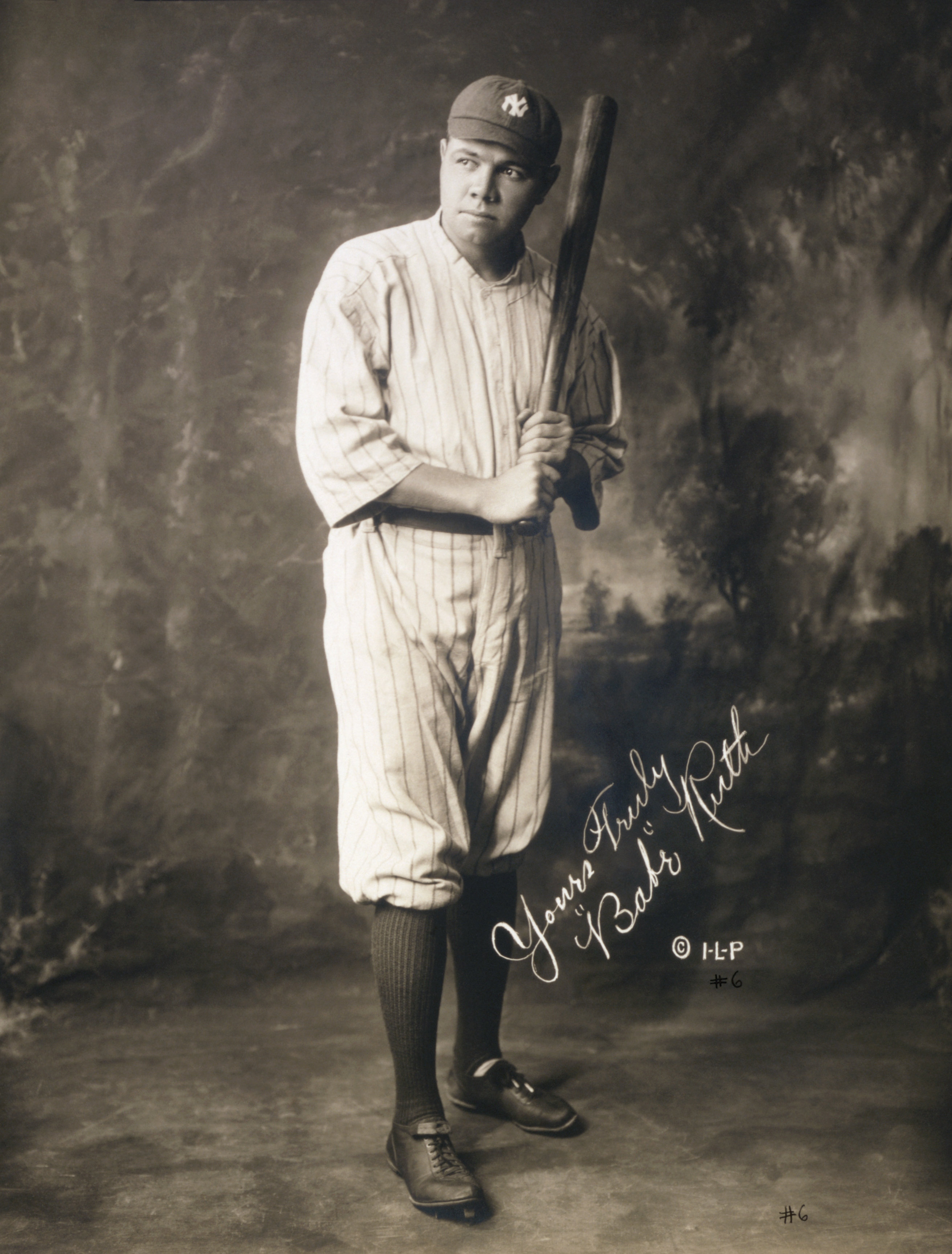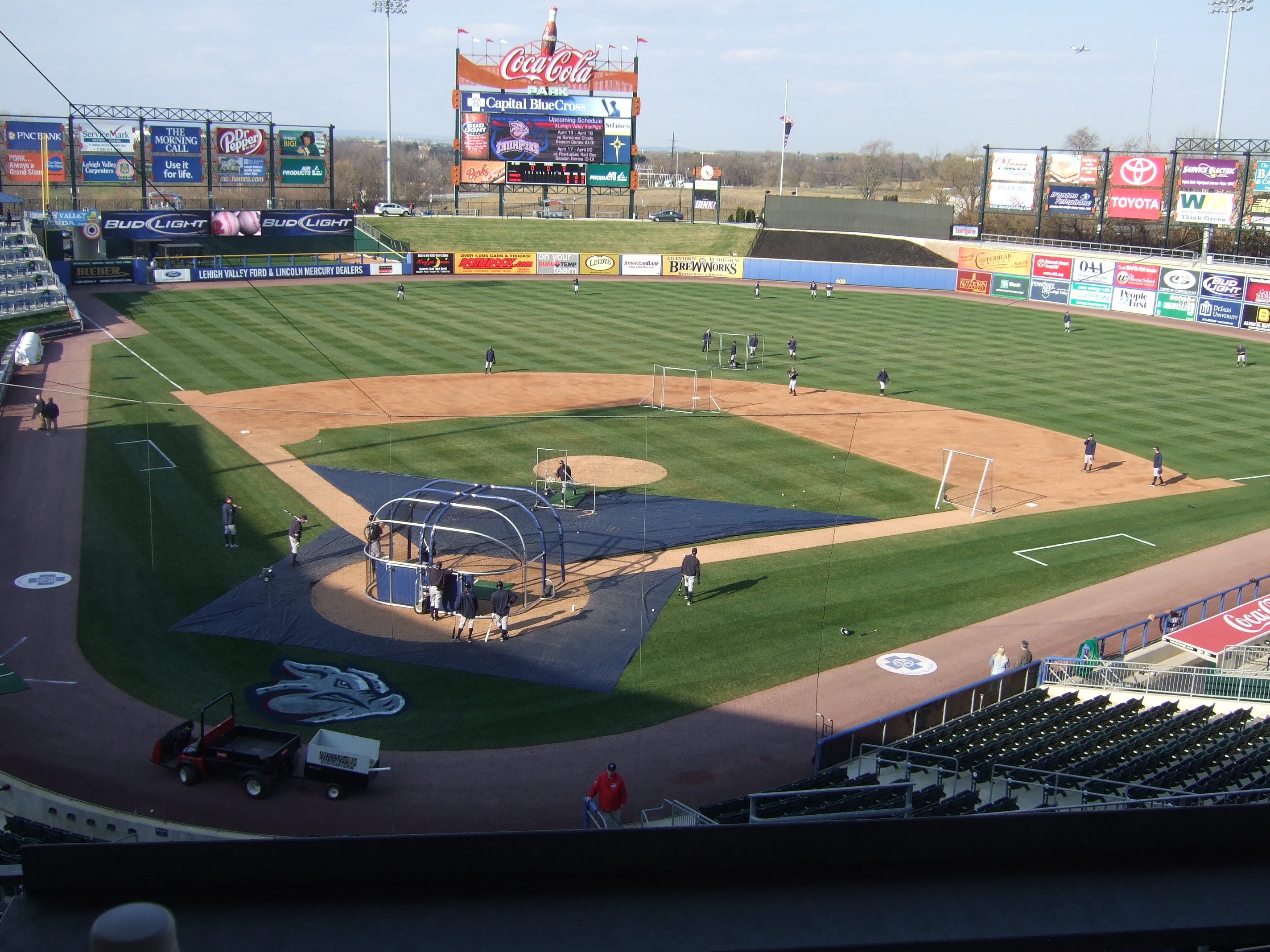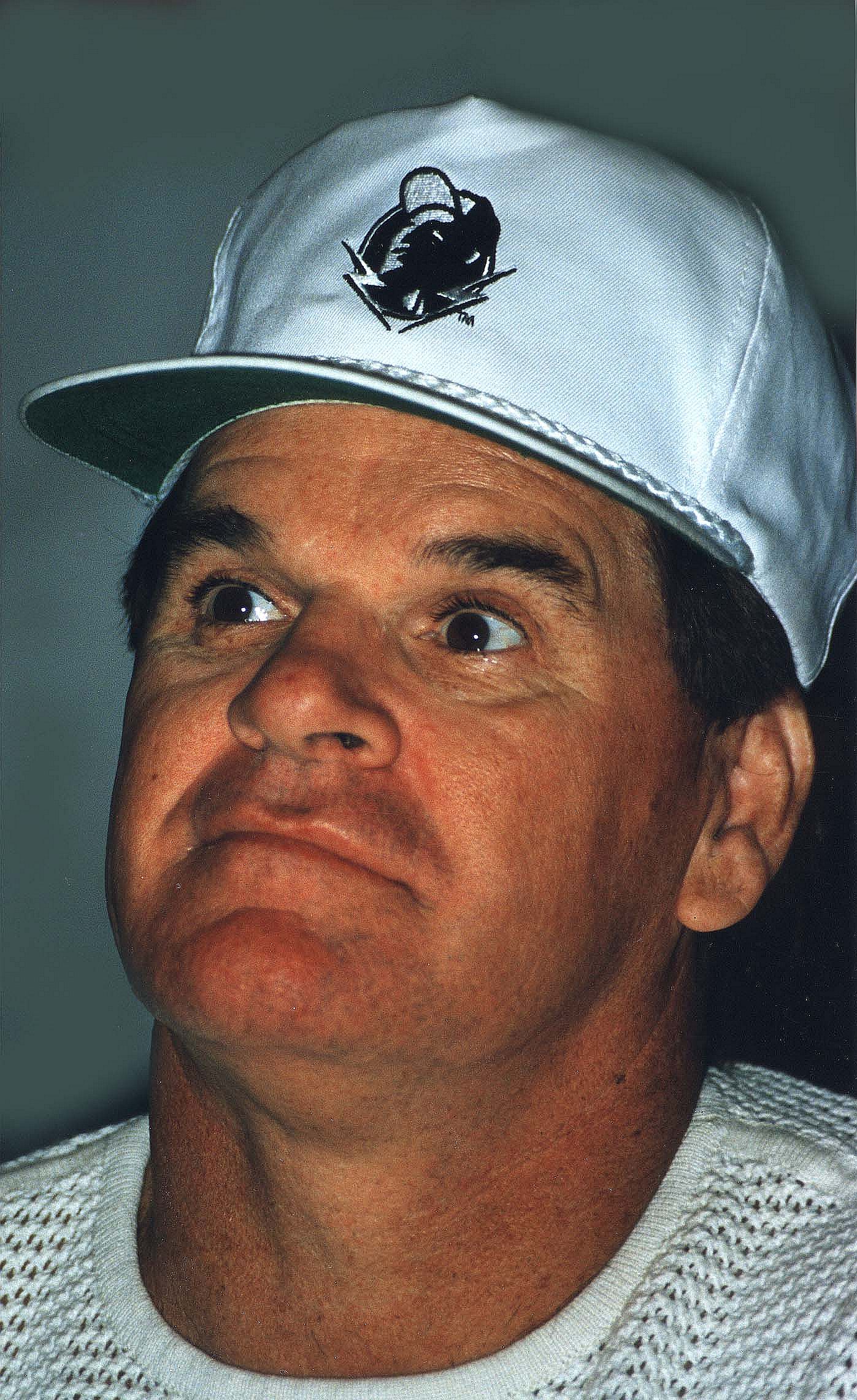|
Don Dillard
David Donald Dillard (January 8, 1937 – January 8, 2022) was an American professional baseball player. The outfielder appeared in six Major League seasons and 272 total games played for the Cleveland Indians (1959–62) and Milwaukee Braves (1963; 1965). He batted left-handed, threw right-handed, stood tall and weighed . Biography Dillard's pro career lasted 13 seasons, beginning in 1955 in the Cleveland farm system. He made the Indians' 1959 roster coming out of spring training, but had only six at bats as a pinch hitter during the season's early weeks before returning to the minor leagues, where he batted .283 in the Pacific Coast League. He added four more pinch hitting appearances that September, and ended his first big-league campaign as a .400 batter, with four singles and an RBI in ten at bats. The 1960 season was much the same; he had eight plate appearances and seven at bats with the Indians, and played the bulk of the year for the Triple-A Toronto Maple Leafs, ... [...More Info...] [...Related Items...] OR: [Wikipedia] [Google] [Baidu] |
Outfielder
An outfielder is a person playing in one of the three defensive positions in baseball or softball, farthest from the batter. These defenders are the left fielder, the center fielder, and the right fielder. As an outfielder, their duty is to catch fly balls and ground balls then to return them to the infield for the out or before the runner advances, if there are any runners on the bases. As an outfielder, they normally play behind the six players located in the field. By convention, each of the nine defensive positions in baseball is numbered. The outfield positions are 7 (left field), 8 (center field) and 9 (right field). These numbers are shorthand designations useful in baseball scorekeeping and are not necessarily the same as the squad numbers worn on player uniforms. Outfielders named to the MLB All-Century Team are Hank Aaron, Ty Cobb, Joe DiMaggio, Mickey Mantle, Willie Mays, Stan Musial, Pete Rose, Babe Ruth, Ted Williams and Ken Griffey Jr. Strategy Players can ... [...More Info...] [...Related Items...] OR: [Wikipedia] [Google] [Baidu] |
At Bats
In baseball, an at bat (AB) or time at bat is a batter's turn batting against a pitcher. An at bat is different from a plate appearance. A batter is credited with a plate appearance regardless of what happens during their turn at bat, but a batter is credited with an at bat only if that plate appearance does not have one of the results enumerated below. While at bats are used to calculate certain statistics, including batting average and slugging percentage, a player can qualify for the season-ending rankings in these categories only if they accumulate 502 plate appearances during the season. Batters will not receive credit for an at bat if their plate appearances end under the following circumstances: * They receive a base on balls (BB).In 1887, Major League Baseball counted bases on balls as hits (and thus as at-bats). The result was high batting averages, including some near .500, and the experiment was abandoned the following season. * They are hit by a pitch (HBP). * They ... [...More Info...] [...Related Items...] OR: [Wikipedia] [Google] [Baidu] |
Slugging Percentage
In baseball statistics, slugging percentage (SLG) is a measure of the batting productivity of a hitter. It is calculated as total bases divided by at bats, through the following formula, where ''AB'' is the number of at bats for a given player, and ''1B'', ''2B'', ''3B'', and ''HR'' are the number of singles, doubles, triples, and home runs, respectively: : \mathrm = \frac Unlike batting average, slugging percentage gives more weight to extra-base hits such as doubles and home runs, relative to singles. Plate appearances resulting in walks, hit-by-pitches, catcher's interference, and sacrifice bunts or flies are specifically excluded from this calculation, as such an appearance is not counted as an at bat (these are not factored into batting average either). The name is a misnomer, as the statistic is not a percentage but an average of how many bases a player achieves per at bat. It is a scale of measure whose computed value is a number from 0 to 4. This might not be r ... [...More Info...] [...Related Items...] OR: [Wikipedia] [Google] [Baidu] |
On-base Percentage
In baseball statistics, on-base percentage (OBP) measures how frequently a batter reaches base. An official Major League Baseball (MLB) statistic since 1984, it is sometimes referred to as on-base average (OBA), as it is rarely presented as a true percentage. Generally defined as "how frequently a batter reaches base per plate appearance", OBP is specifically calculated as the ratio of a batter's times on base (the sum of hits, bases on balls, and times hit by pitch) to the sum of at bats, bases on balls, hit by pitch, and sacrifice flies. OBP does not credit the batter for reaching base on fielding errors, fielder's choice, uncaught third strikes, fielder's obstruction, or catcher's interference. OBP is added to slugging average (SLG) to determine on-base plus slugging (OPS). The OBP of all batters faced by one pitcher or team is referred to as "on-base against". On-base percentage is calculable for professional teams dating back to the first year of National Associ ... [...More Info...] [...Related Items...] OR: [Wikipedia] [Google] [Baidu] |
Home Runs
In baseball, a home run (abbreviated HR) is scored when the ball is hit in such a way that the batter is able to circle the bases and reach home plate safely in one play without any errors being committed by the defensive team. A home run is usually achieved by hitting the ball over the outfield fence between the foul poles (or hitting either foul pole) without the ball touching the field. Far less common is the "inside-the-park" home run where the batter reaches home safely while the baseball is in play on the field. When a home run is scored, the batter is credited with a hit and a run scored, and a run batted in ( RBI) for each runner that scores, including himself. Likewise, the pitcher is recorded as having given up a hit and a run, with additional runs charged for each runner that scores other than the batter. Home runs are among the most popular aspects of baseball and, as a result, prolific home run hitters are usually the most popular among fans and consequently th ... [...More Info...] [...Related Items...] OR: [Wikipedia] [Google] [Baidu] |
McFarland & Company
McFarland & Company, Inc., is an American independent book publisher based in Jefferson, North Carolina, that specializes in academic and reference works, as well as general-interest adult nonfiction. Its president is Rhonda Herman. Its former president and current editor-in-chief is Robert Franklin, who founded the company in 1979. McFarland employs a staff of about 50, and had published 7,800 titles. McFarland's initial print runs average 600 copies per book. Subject matter McFarland & Company focuses mainly on selling to libraries. It also utilizes direct mailing to connect with enthusiasts in niche categories. The company is known for its sports literature, especially baseball history, as well as books about chess, military history, and film. In 2007, the ''Mountain Times'' wrote that McFarland publishes about 275 scholarly monographs and reference book titles a year; Robert Lee Brewer reported in 2015 that the number is about 350. List of scholarly journals The following ... [...More Info...] [...Related Items...] OR: [Wikipedia] [Google] [Baidu] |
Toronto Maple Leafs (International League)
The Toronto Maple Leafs were a high-level minor league baseball club located in Toronto, Ontario, Canada, which played from 1896 to 1967. While the Maple Leafs had working agreements with numerous Major League Baseball clubs after the introduction of farm systems in the 1930s, they achieved great success as an unaffiliated club during the 1950s, when they were the strongest team on the field and in attendance in the Triple-A International League. The 1902, 1918, 1920, 1926, and 1960 teams were recognized as being among the 100 greatest minor league teams of all time. Toronto was without professional baseball from 1968 to 1976, when the American League added the Toronto Blue Jays via the 1977 Major League Baseball expansion. History The first club The first Toronto baseball organization, the Toronto Baseball Club, played in the Canadian League in 1885, playing its home games at William Cawthra's Jarvis Street Lacrosse Grounds (Old Lacrosse Grounds) at the northwest corne ... [...More Info...] [...Related Items...] OR: [Wikipedia] [Google] [Baidu] |
Triple-A (baseball)
Triple-A (officially Class AAA) has been the highest level of play in Minor League Baseball in the United States since 1946. Currently, two sports league, leagues operate at the Triple-A level, the International League (IL) and the Pacific Coast League (PCL). There are 30 teams, one per each Major League Baseball (MLB) franchise, with 20 in the IL and 10 in the PCL. Triple-A teams are generally located in smaller cities as well as larger metropolitan areas without MLB teams, such as Austin, Texas, Austin, Jacksonville, Florida, Jacksonville, Columbus, Ohio, Columbus, and Indianapolis. Four Triple-A teams play in the same metro areas as their parent clubs, those being the Gwinnett Stripers, St. Paul Saints, Sugar Land Space Cowboys and Tacoma Rainiers. All current Triple-A teams are located in the United States; before 2008, some Triple-A leagues also fielded List of defunct baseball teams in Canada#AAA, teams in Canada, and from 1967 to 2020 the Mexican League was classified as T ... [...More Info...] [...Related Items...] OR: [Wikipedia] [Google] [Baidu] |
Plate Appearance
In baseball statistics, a player is credited with a plate appearance (denoted by PA) each time he completes a turn batting. Under Rule 5.04(c) of the Official Baseball Rules, a player completes a turn batting when he is put out or becomes a runner. This happens when he strikes out or is declared out before reaching first base; or when he reaches first base safely or is awarded first base (by a base on balls, hit by pitch, catcher's interference, or obstruction); or when he hits a fair ball which causes a preceding runner to be put out for the third out before he himself is put out or reaches first base safely (''see also'' left on base, fielder's choice, force play). A very similar statistic, at bats, counts a subset of plate appearances that end under certain circumstances. Use as batting record qualifier While at bats are used to calculate batting averages, slugging percentages, plate appearances have no such statistical value. However, at season's end, a player must have ... [...More Info...] [...Related Items...] OR: [Wikipedia] [Google] [Baidu] |
Run Batted In
A run batted in (RBI; plural RBIs ) is a statistic in baseball and softball that credits a batter for making a play that allows a run to be scored (except in certain situations such as when an error is made on the play). For example, if the batter bats a base hit which allows a teammate on a higher base to reach home and so score a run, then the batter gets credited with an RBI. Before the 1920 Major League Baseball season, runs batted in were not an official baseball statistic. Nevertheless, the RBI statistic was tabulated—unofficially—from 1907 through 1919 by baseball writer Ernie Lanigan, according to the Society for American Baseball Research. Common nicknames for an RBI include "ribby" (or "ribbie"), "rib", and "ribeye". The plural of "RBI" is a matter of "(very) minor controversy" for baseball fans:; it is usually "RBIs", in accordance with the usual practice for pluralizing initialisms in English; however, some sources use "RBI" as the plural, on the basis that i ... [...More Info...] [...Related Items...] OR: [Wikipedia] [Google] [Baidu] |
Single (baseball)
In baseball, a single is the most common type of base hit, accomplished through the act of a batter safely reaching first base by hitting a fair ball (thus becoming a runner) and getting to first base before a fielder puts him out. As an exception, a batter-runner reaching first base safely is not credited with a single when an infielder attempts to put out another runner on the first play; this is one type of a fielder's choice. Also, a batter-runner reaching first base on a play due to a fielder's error trying to put him out at first base or another runner out (as a fielder's choice) is not credited with a single. On a single hit to the outfield, any runners on second base or third base normally score, and sometimes the runner from first base is able to advance to third base. Depending on the location of the hit, a quick recovery by the outfielder can prevent such an advance or create a play on the advancing runner. Hitters who focus on hitting singles rather than doubles ... [...More Info...] [...Related Items...] OR: [Wikipedia] [Google] [Baidu] |
Pacific Coast League
The Pacific Coast League (PCL) is a Minor League Baseball league that operates in the Western United States. Along with the International League, it is one of two leagues playing at the Triple-A (baseball), Triple-A level, which is one grade below Major League Baseball (MLB). The PCL was one of the premier regional baseball leagues in the first half of the 20th century. Although it was never recognized as a true major league, to which it aspired, its quality of play was considered very high. A number of top stars of the era, including Joe DiMaggio and Ted Williams, were products of the league. In 1958, with the arrival of major league teams on the west coast and the availability of televised major league games, the PCL's modern era began with each team signing Player Development Contracts to become farm teams of major league clubs. Following MLB's reorganization of the minor leagues in 2021, it operated as the Triple-A West for one season before switching back to its previous mo ... [...More Info...] [...Related Items...] OR: [Wikipedia] [Google] [Baidu] |








.jpg)